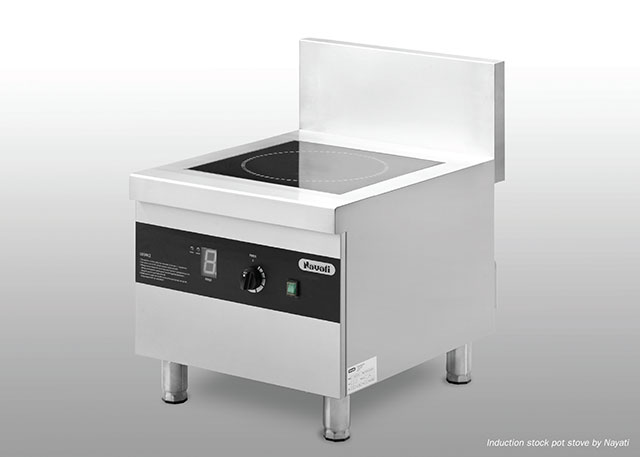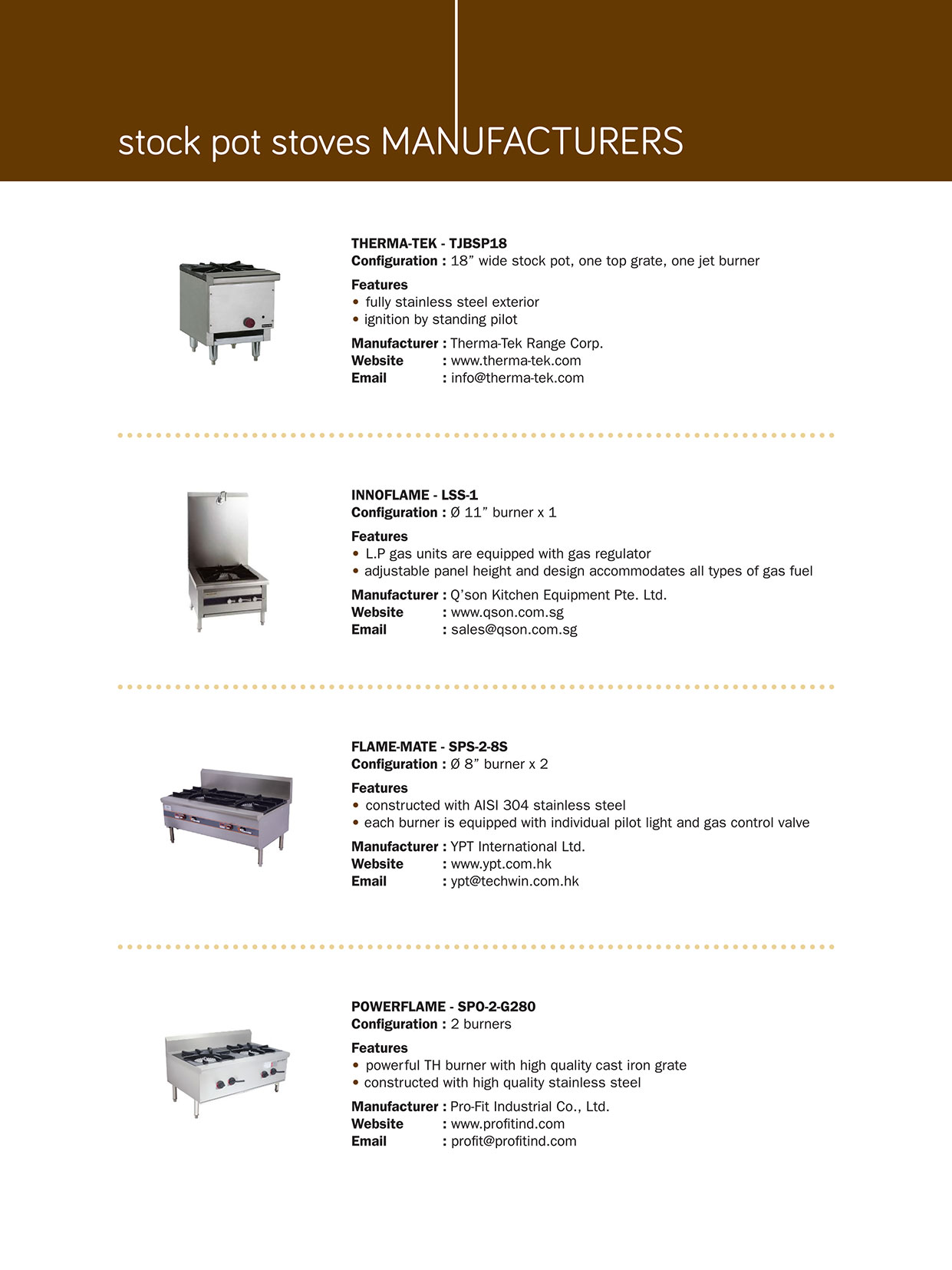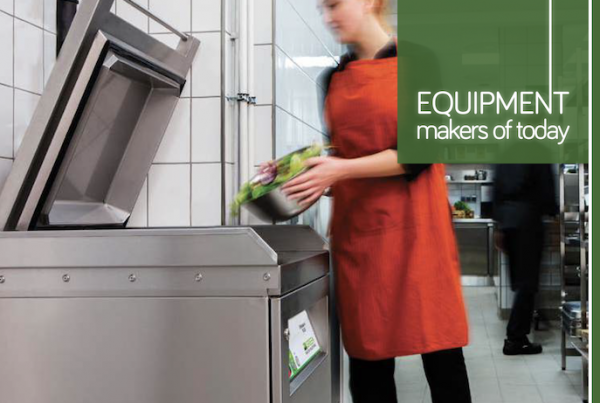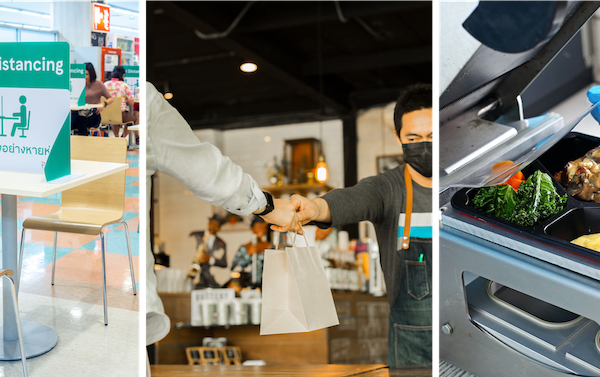When cooking a large pot of stock or a dish with lots of gravy, most kitchens use the big stock pot to accomodate the volumes. Individual stock pot stoves are relatively small (depending on the pot’s size), budget-friendly yet powerful open burners that are also easy to maintain. A stove can come with a single or double burner and is bigger than standard gas ranges.
Its 18-inch burner grates are especially designed and made with cast iron that are resistant to breaking hence able to withstand heavy pots; for example a 100-quart stock pot may weigh up to 200 pounds. Cast iron is also known to retain heat more effectively compared to steel and the grates are removable for easy cleaning. When choosing a stockpot stove, check the overall width of the unit and the gas inlet size (is indicative of the diameter needed by the gas supply line to operate the range). Measure the diameter of the largest pot you will be using to select the stove big enough to fit. Special hoses and couplings to attach the supply line to the equipment requires the same diametre as the inlet. Burners usually come with two knobs for better precision control at improved energy-efficiency. The burner is made up of two rings, one inside the other whereby each can be operated independently – use only one ring if low temperature is required to hold dishes at serving temperature whilst turning on both rings are used to simmer or bring food to a full boil. If you are buying one and notice its measurement in BTU; it stands for British Thermal Unit to indicate heat output. While the most common unit is 90,000 BTUs (3x the power of an ordinary gas burner), some models do offer more than 100,000 BTUs or even 200,000 BTUs.
The height of the stove is lower as the pots are bigger to allow stirring and easy reach into the pot for adding ingredients and monitoring.

Induction stock pot stove by Nayati











